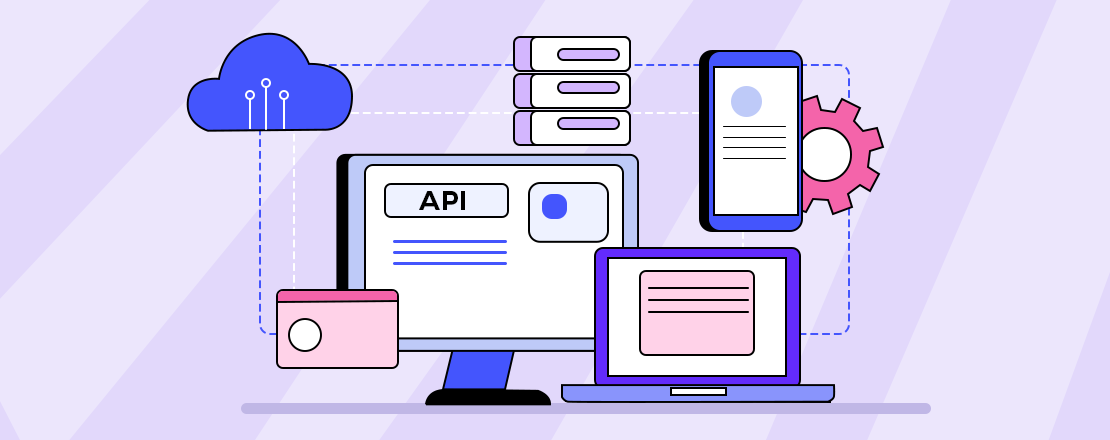CXBOS Insights
Your daily dose of news, insights, and information.
API Integration: Where Cool Apps Meet and Collaborate
Discover how API integration powers collaboration between cool apps and sparks innovation. Join the tech revolution today!
What is API Integration and Why Does It Matter for App Development?
API integration is the process of connecting different software applications through their Application Programming Interfaces (APIs) to enable them to communicate and share data. This connectivity allows developers to leverage the functionalities of one application within another, streamlining workflows and improving user experiences. For instance, by integrating payment gateways, social media platforms, or cloud services, developers can enhance app functionality without needing to build everything from scratch. This not only saves time and resources but also allows for the development of more sophisticated and innovative applications.
The significance of API integration in app development cannot be overstated. It enables developers to implement features quickly, adapt to changing requirements, and take advantage of external services that can enhance their apps. Moreover, with the rise of microservices architecture, where applications are built as a collection of loosely coupled services, API integration is essential for ensuring seamless communication and data exchange between these services. This, in turn, leads to faster development cycles and improved app scalability, making it a vital component for businesses aiming to stay competitive in a fast-paced digital landscape.

Top 5 APIs That Enhance Collaboration Between Cool Apps
In today's fast-paced digital landscape, collaboration between applications is essential for streamlining workflows and enhancing productivity. One way to achieve this integration is through the use of APIs, which allow different software systems to interact with one another seamlessly. Here are the Top 5 APIs that enhance collaboration between cool apps:
- Zapier API: This powerful API enables users to connect over 2,000 apps, automating workflows through customizable triggers and actions.
- Trello API: With this API, you can integrate project management capabilities into your app, allowing users to create, manage, and track tasks easily.
- Slack API: Enhance communication by connecting your app with Slack, enabling real-time messaging and notifications for users.
- Google Drive API: Allowing seamless access to cloud storage, the Google Drive API lets users share files and collaborate on documents without leaving your application.
- Asana API: This API helps streamline project management by integrating task management and tracking directly within your app, fostering better collaboration among teams.
How to Choose the Right APIs for Seamless App Integration
Choosing the right APIs for seamless app integration is crucial for ensuring that your application performs efficiently and integrates smoothly with other services. Start by identifying the core functionalities your app requires. Gather a list of potential APIs that can fulfill these needs while also considering their ease of use, documentation quality, and community support. Pay special attention to factors such as API response time, reliability, and whether they offer the necessary authentication methods to ensure secure transactions.
Next, evaluate the compatibility of the APIs with your existing technology stack. It's essential to choose APIs that align well with the programming languages and frameworks you're using. Moreover, assess whether the API has a clear versioning strategy to maintain stability as your app evolves. Creating a checklist of API features such as rate limits, scalability, and pricing models can help streamline the decision-making process for a more informed choice.